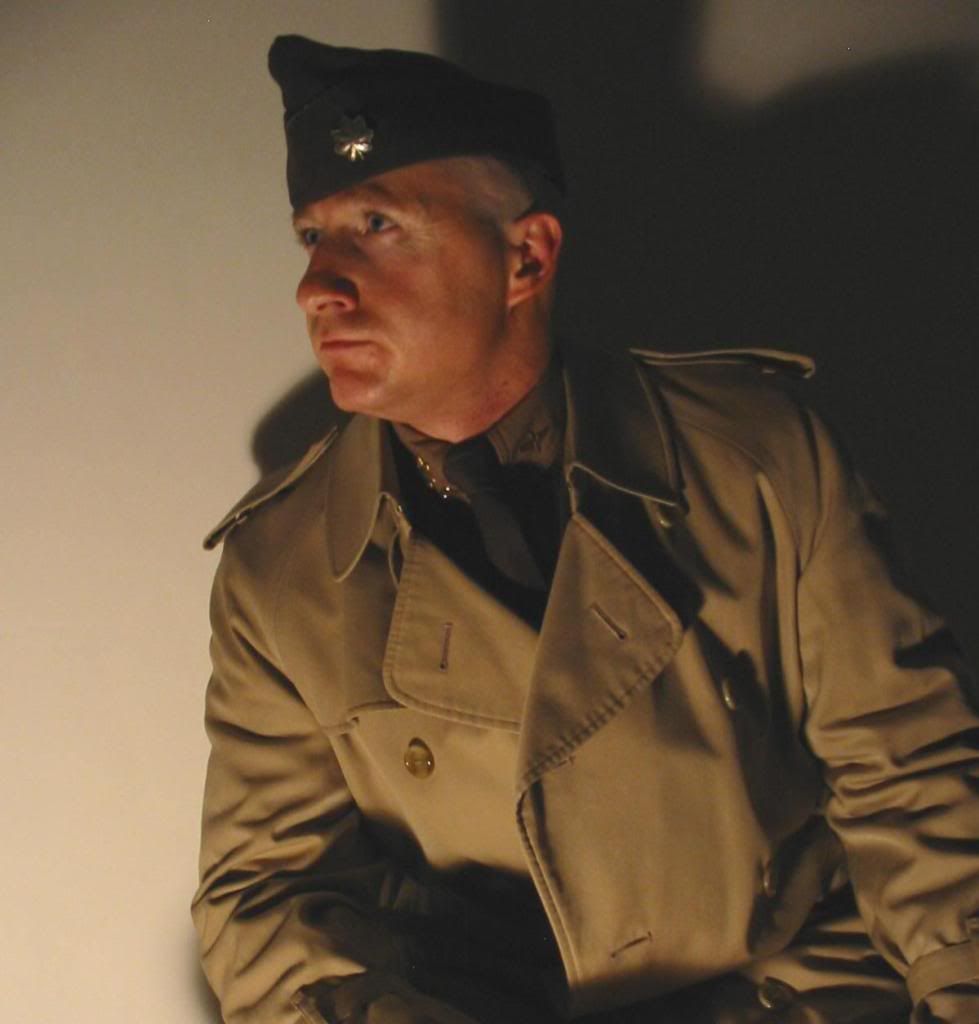KY Gentleman
One Too Many
- Messages
- 1,882
- Location
- Kentucky
I tie mine around the front.
Tomasso said:When wearing the coat closed I usually tie the belt, when wearing the coat open I usually stuff the belt ends into the pockets.


Agreed. The only Burberry's worth the price are second hand.HDRnR said:The Burberry's are not worth the retail price, at least not the modern ones, they seem flimsy. People pay up for the lining pattern. In any decent rain they will soak through, may be fine for London rain but not New York. I've seen older Burberry's that were made of a much heavier material, seemed like Grenfell. I wish I had gotten one of those Grenfell Trenches that Orvis was selling last year for 495.00, missed that one.
 John Lofgren Monkey Boots Shinki Horsebuttt - $1,136 The classic monkey boot silhouette in an incredibly rich Shinki russet horse leather.
John Lofgren Monkey Boots Shinki Horsebuttt - $1,136 The classic monkey boot silhouette in an incredibly rich Shinki russet horse leather.  Grant Stone Diesel Boot Dark Olive Chromexcel - $395 Goodyear welted, Horween Chromexcel, classic good looks.
Grant Stone Diesel Boot Dark Olive Chromexcel - $395 Goodyear welted, Horween Chromexcel, classic good looks.  Schott 568 Vandals Jacket - $1,250 The classic Perfecto motorcycle jacket, in a very special limited-edition Schott double rider style.
Schott 568 Vandals Jacket - $1,250 The classic Perfecto motorcycle jacket, in a very special limited-edition Schott double rider style. Pat_H said:However, it's picking up sort of an odd orange tinge in some places. In a few places, such as in the belt, or in the cuff straps, it's pretty noticeable.
Feraud said:If the belt and cuffs have leather buckles it is probably the color from the leather.
Baron Kurtz said:sounds like degradation of a waterproofing treatment.
bk
